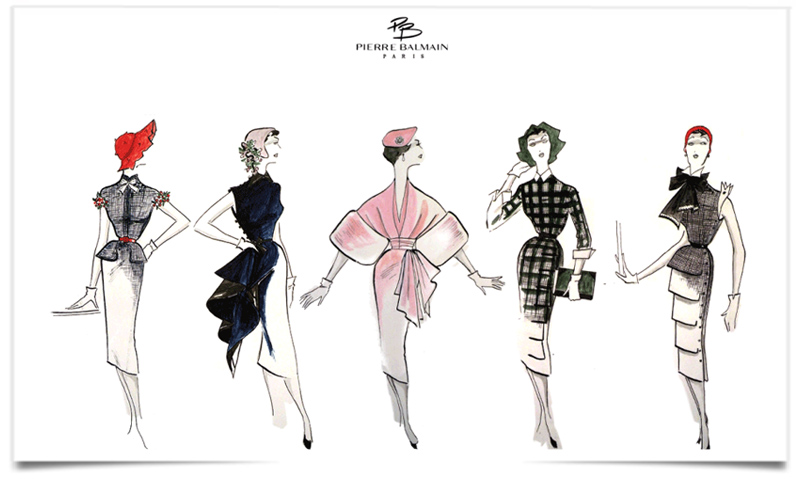
Creation is the backbone of fashion houses, and although the artistic director is there to provide creative impetus, the brand image cannot be embodied by one person alone.
The passing of Karl Lagerfeld, Chanel’s genius artistic director, gives us pause to think about the dependence of luxury fashion houses on their star designers. In particular, how do we avoid sudden gaps in succession? How do we prevent turbulence from disrupting the brand and profits in an industry where creation is the heart and soul of the business? What characterizes the haute couture fashion houses that most effectively manage the risks linked to designer dependence?
At fashion houses run by their eponymous founders, such as Armani and Dolce & Gabbana, designers who embody the brand are a boon, but they create a much higher risk of dependency. Chanel and Saint Laurent, on the other hand, have moved past this stage by investing in the legend of the brand, the brand image and codes, to ensure that the power of the brand largely transcends the personality and work of successive artistic directors.
Karl Lagerfeld asserted that he was a “hired gun” within the brands for which he officiated. Indeed, one good way to reduce the risk of dependency is the virtuous separation of creative and management functions. Another is the diversification of the business beyond couture: for example, the development of accessories, including leather goods, helps to sustain profits while solidifying the brand, through iconic products such as the Lady Dior bag, the Hermès Birkin bag, or the aptly named Timeless by Chanel, accentuating the timeless power of great fashion houses.
The main reason Dior’s growth didn’t sputter after the dismissal of John Galliano, despite the 18 months it took to replace him is that luxury fashion house executives, like Sidney Toledano, have completely revamped their business model over the past two decades.
Most executives opt to take back control of production and distribution. These decisions drive brand image, product quality, excellent execution at the point of sale and customer intimacy, and as such, fundamental to success and sustainability in this demanding industry.
Many fashion houses have developed or acquired workshops to integrate rare craftsmanship, such as embroidery and hat making. These competencies not only ensure perfect design and quality, but also the sustainability of the business. Likewise, collaborations with renowned architects, such as Peter Marino for Louis Vuitton or Chanel, and Andrea Tognon for Celine and Jil Sander, express the brand image in boutiques while enriching the customer experience.Creativity is the culture of luxury fashion houses. Every single member of the organization, and not just those in the studio and workshops, are infused with the brand DNA and encouraged to cultivate their creativity.
The workshops are hotbeds for home-bred talent, as the craftsmen working there turn the creative vision of the artistic director into reality and develop their talent by working directly with the master.
When a designer leaves, the creative teams who trained at his or her side are still there. One way to manage natural succession is to ramp up the power of the right hand of the principal creator to turn the spotlight on the man or woman who has grown up within the organization and often assisted the previous designer for years. After all, didn’t Alessandro Michele spend 13 years at Gucci before taking the reins as creative director and taking profits to the next level? The challenge of internal successors is to succeed as artistic director while bringing in a breath of fresh air and finding the subtle balance between disruption and continuity.
“We create a product nobody needs, but people want,” said Karl Lagerfeld.
